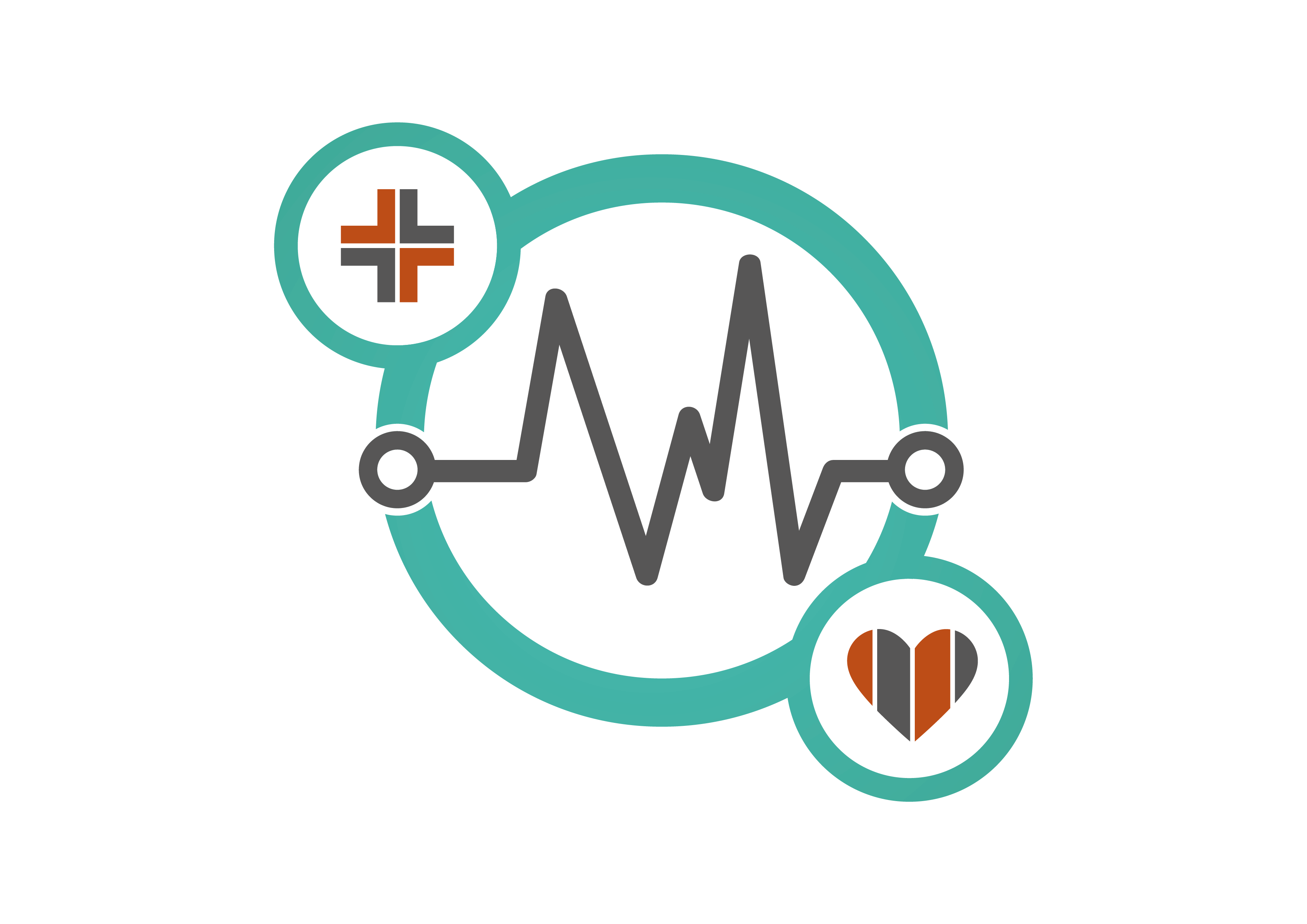Sarita Stefani, Co-founder and CEO of Amilis is a pioneering advocate for women’s health and FemTech, recently awarded the Women’s Health Ultimate Role Model Award 2024. With a focus on equitable health data and reproductive care, she’s working to close gender gaps in medical research. As an angel investor in life sciences, Sarita combines expertise and passion to address critical challenges in healthcare. Here, she shares insights on overcoming historical biases and systemic barriers impacting women’s reproductive health.

How have historical gender biases in medical research contributed to the current lack of comprehensive data on women’s reproductive health, and what social factors have perpetuated these gaps?
Historically, medical research has largely centred on male physiology, often viewing it as the ‘standard,’ leading to significant gaps in our understanding of women’s reproductive health. This bias has roots in 20th-century research policies that explicitly excluded women, especially due to concerns about hormonal fluctuations affecting study results. Consequently, conditions like endometriosis, PCOS and fibroids were sidelined. Social factors such as the stigmatisation of menstrual health and the tendency to minimise women’s pain and symptoms as ‘psychosomatic’ or ‘natural’ byproducts of menstruation have reinforced these gaps. Furthermore, the lack of women in leadership roles within the medical and research fields has perpetuated this inequality in focus and funding.
What are the most critical gaps in research when it comes to reproductive health conditions like endometriosis, PCOS and fibroids, and how do these gaps affect diagnosis and treatment?
Critical gaps include a lack of understanding of the root causes of these conditions, biomarkers for early diagnosis, and effective, personalised treatments. For example, endometriosis, which affects approximately 10% of women globally, lacks non-invasive diagnostic tests, often requiring invasive surgeries for confirmation. This not only delays diagnosis but also limits treatment options. For PCOS, gaps remain in understanding the wide-ranging metabolic and hormonal impacts of the condition, affecting long-term treatment plans. These gaps result in prolonged suffering, misdiagnoses and reliance on symptom management rather than root-cause solutions, which leaves many women without adequate or effective treatment.
How does the underdiagnosis or delayed diagnosis of reproductive health conditions impact women’s quality of life, mental health and long-term physical health?
Delayed diagnoses lead to prolonged pain, fatigue and other symptoms, deeply impacting quality of life. For instance, untreated endometriosis can cause debilitating pain and infertility, while untreated PCOS is associated with long-term risks such as diabetes, heart disease and mental health conditions. These chronic health struggles, often dismissed or downplayed by healthcare providers, can significantly impact mental health, leading to feelings of frustration, helplessness, anxiety and depression. The compounding impact on long-term physical health often extends beyond reproductive health, affecting metabolic, cardiovascular and endocrine systems, which worsens women’s overall health trajectory.
What structural issues within healthcare systems contribute to the neglect of women’s reproductive health research, and how could policies be changed to ensure more equitable research funding?
Healthcare systems often prioritise acute and high-mortality conditions, skewing funding toward areas like cancer and heart disease, while women’s health concerns that are deemed ‘non-life-threatening’ receive less priority. This is compounded by a lack of comprehensive gender representation in clinical trials and a medical education system that often underemphasises reproductive health. I frequently encounter inspiring ideas and initiatives aiming to address these gaps, yet little execution results in substantial change. Even companies like Amilis, which are reshaping women’s access to reproductive health care and improving triage processes, are often overlooked in terms of funding. Part of the challenge is that there is no historical precedent for successful women’s health startups, which impacts investor confidence. Policy reforms could include mandating equal gender representation in clinical research, increasing dedicated funding for reproductive health, and establishing oversight committees to ensure women’s health receives a fair share of research resources and investment.
In what ways does the lack of medical training and awareness about women’s reproductive health conditions among healthcare professionals contribute to the perpetuation of underdiagnosis?
A lack of specialised training leaves many healthcare professionals unequipped to recognise symptoms of conditions like endometriosis or PCOS. These symptoms are often dismissed as ‘normal’ menstrual pain or misattributed to psychological causes, resulting in misdiagnoses and delayed treatment. Improving medical curricula to cover these conditions in greater depth and ensuring continuous professional development on emerging insights into women’s health would better equip doctors to recognise and diagnose these conditions early.
How do race, socioeconomic status and geographic location further compound the challenges women face in getting proper diagnoses for reproductive health conditions, and what steps can be taken to address these disparities?
Racial bias in healthcare has led to the dismissal or underestimation of pain in women of colour, making diagnosis and treatment more challenging. Socioeconomic status limits access to healthcare resources, leading to fewer opportunities for screenings and follow-up care. Geographic location plays a role as well, with rural areas often lacking specialists in reproductive health. Addressing these disparities requires community-centred policies, including mobile health clinics in underserved areas, culturally competent care training and financial support for low-income women to access reproductive health services.


